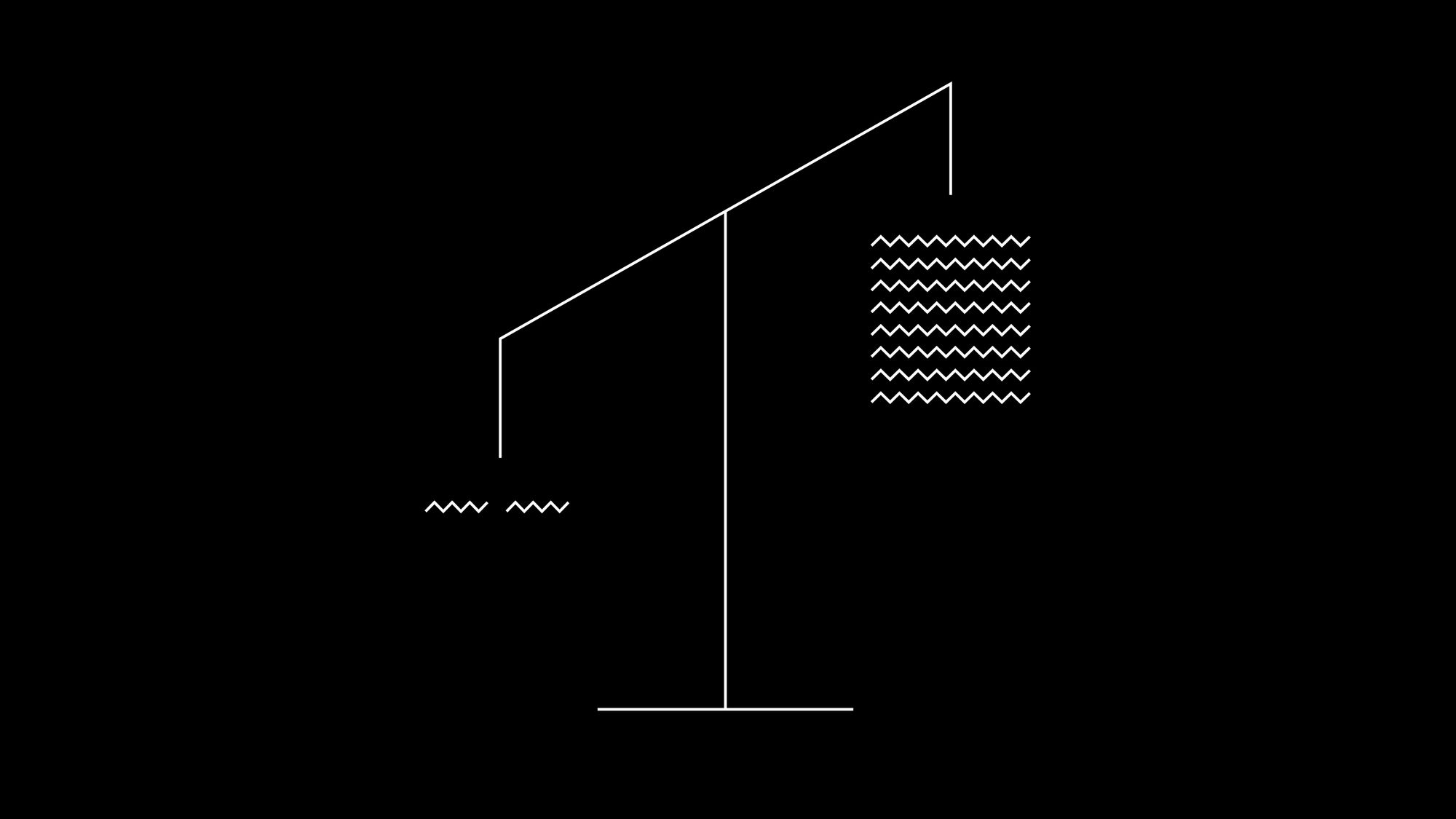Ad Astra Per Aspera - "To the stars, through struggle."
As such, I am no longer taking on new clients and am refactoring the Heavy Metal brand to be the umbrella placeholder for small side projects that let me scratch creative AI itches in other contexts - like my Bob Ross AI (happylittlepixels.io).
Our company - Heavy Metal - is a reference to both heavy metal music and the subset of periodic elements known as heavy metals.
This double entendre is an homage to the alchemical nature of creating things that endure beyond a single season, fad, or even a generation.
Resilient creations are dense and punch above their weight because they are difficult to produce, much less replicate.
Chemically and musically, heavy metal is an expression of density.
Chemically, heavy metals are defined by relatively high densities or atomic weights. Despite their critical role in modern civilization, heavy metals are not manmade: they are the byproduct of dying stars. [1]
Musically, heavy metal is characterized by its "weighty sound" - characterized by the high number of notes and beats per time measure and the sonically powerful combination of the electric guitar and power chords. [2]
Density is also an expression of non-linearity: one unit of mass equals more than one unit of weight.

There are other forms of non-linearity: compound interest, leverage (physical, financial, managerial), network effects, software, viruses, electromagnetism.
Non-linear systems are the universe's cheat codes: they allow you to get more than you give – but only if you are in it for the long haul.
Once you discover how to use non-linear systems, the game of life gets a lot easier. The trick is discovering them - because they are often hiding in plain sight.
Non-linear systems are also kōans: they force you to play the long game, which means you spend a lot of time doing stuff that looks unproductive in the short run.
Humans are hardwired to have very little patience for efforts or inputs that seem to be generating little-to-no output.
And yet this is precisely how a non-linear relationship between inputs and outputs starts: a long period of painful dormancy before a tipping point is reached and exponential returns are reaped.

We are huge fans of non-linearity.
The presence of a non-linear system excites us because it is a predicate for generating asymmetric advantage and exponential outcomes.
The world of software follows many non-linear patterns. The physical properties of bits provides a significant manufacturing advantage over atoms, making economic hyper-growth possible for software businesses that don't have to house or ship inventory to make money.
While the exponential potential of software over physical goods is obvious - producing and selling a new unit of software has virtually zero footprint compared to that of, say, a t-shirt - a majority of new software companies die within their first few years after launch.
The high failure rate in the software industry is a quandary: given software's instant malleability and high intellectual barrier to entry, why do 90% of software startups die and the ones that don't struggle to simply return their investment?
It turns out that making the software itself is no longer the most difficult thing in new startups.
30 years of evolution has now made software a commodity: for any given technical problem, there is usually a well-documented and globally supported open-source solution.
In a world where most software is commoditized, predicting consumer behavior is a startup's biggest challenge because humans do not think or behave in a linear way.
Systematically mapping the non-linearity of human behavior is capitalism's ultimate cheat code.
The firms who have the patience and grit to invest in methodically understanding their customers' attitudes, behaviors, and contexts often make better designs and outperform their competition.
At Heavy Metal, we work to lower the barrier to methodically understanding industry-specific customer behavior by continuously conducting and publishing actionable insights and research.

[1] https://en.wikipedia.org/wiki/Heavy_metals
[2] https://en.wikipedia.org/wiki/Heavy_metal_music#Characteristics
